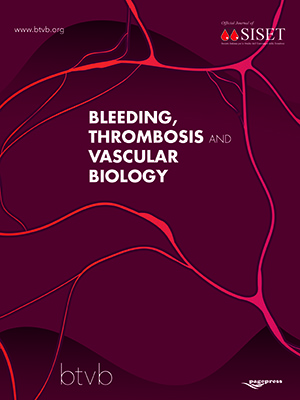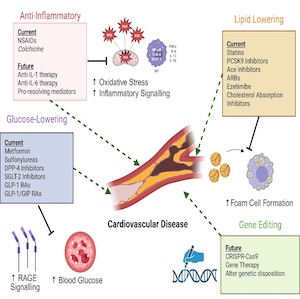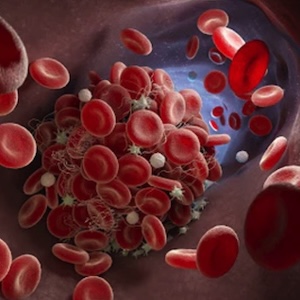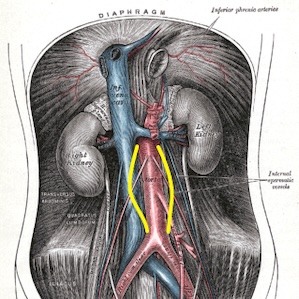Successful treatment of aortic arch mural thrombosis with low-dose, ultra-slow-flow thrombolysis: a case report and literature review
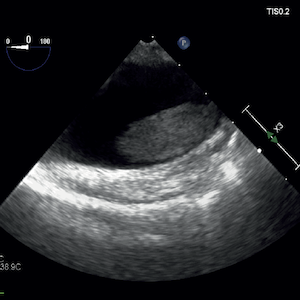
All claims expressed in this article are solely those of the authors and do not necessarily represent those of their affiliated organizations, or those of the publisher, the editors and the reviewers. Any product that may be evaluated in this article or claim that may be made by its manufacturer is not guaranteed or endorsed by the publisher.
Authors
Aortic arch thrombosis represents a severe condition which usually requires surgical treatment in specialized centers. Treatments described in literature are mostly surgery or sodium heparin infusion. Here we describe an off-label use of alteplase in aortic arch thrombosis in a patient in whom sodium heparin treatment failed and surgery was not possible due to the site of thrombus. We report the case of a 34-year-old postpartum patient who was admitted to our hospital for aortic arch thrombosis. She had no genetic disorders for hypercoagulability, only a family history for ischemic cerebrovascular accident. As treatment with sodium heparin failed and surgery was not possible due to the site of thrombus, she received a low-dose, ultra-slow-flow treatment with alteplase for 75 hours with successful removal of the thrombus. No side effects from alteplase were observed. Considering the safety and efficacy in this patient, as well as the easiness by which it can be reproduced in the majority of clinical settings, this treatment may be a viable option in cases of aortic arch thrombosis when conventional treatments are not applicable or available.
How to Cite

This work is licensed under a Creative Commons Attribution-NonCommercial 4.0 International License.
PAGEPress has chosen to apply the Creative Commons Attribution NonCommercial 4.0 International License (CC BY-NC 4.0) to all manuscripts to be published.

